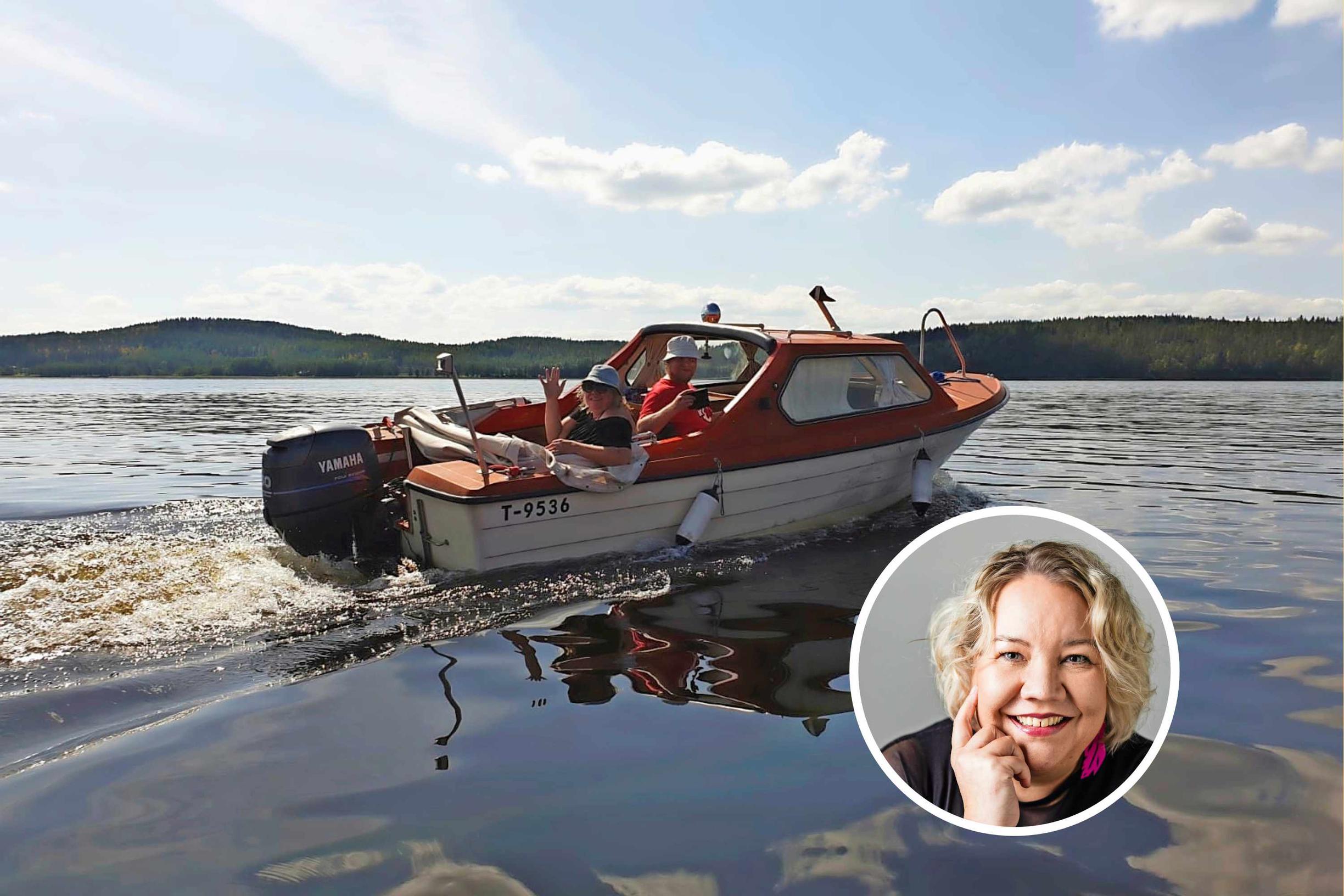
Long term relationship, separate homes: “We share the boat and an air fryer, but not a home”
Journalist Virpi Salmi has been in a relationship for 13 years. All this time, she and her partner have lived in different cities. “It took me a long time to admit that the nuclear family lifestyle isn’t the only valid option.”
At first, everyone kept asking if I was going to move soon.
I met my partner in the spring of 2012, and we both intended it to be a casual, fun summer fling. But my partner was so charming that we kept going well beyond the summer.
They lived—and still do—in Jyväskylä, while I’m from Helsinki.
When our casual hangouts turned into a full-fledged relationship and we told our loved ones, a close friend got very worried I’d “move there now.” I kept insisting I wouldn’t, but they didn’t believe me—because that’s what people in love do: they swear they won’t change or vanish from their friends’ lives, and then they do exactly that. At least that’s what young people in love do.
I was 39 and had a 10-year-old child, whose other parent also lived in Helsinki. Meanwhile, my partner had a five-year-old child in a shared custody arrangement in Jyväskylä. It was clear we wouldn’t turn everything upside down.
We’ve now been in a long-distance or separate-home relationship for 13 years, and the younger child is about to turn 18. My partner owns a house in a rural area, and I live in an apartment in Helsinki. We share a boat on Lake Päijänne, a large tent, and an air fryer that my partner gave me as a gift but mostly stays in their kitchen because of limited space. Sometimes I bring it to Helsinki.
Many people assume we live together, because that’s the norm.

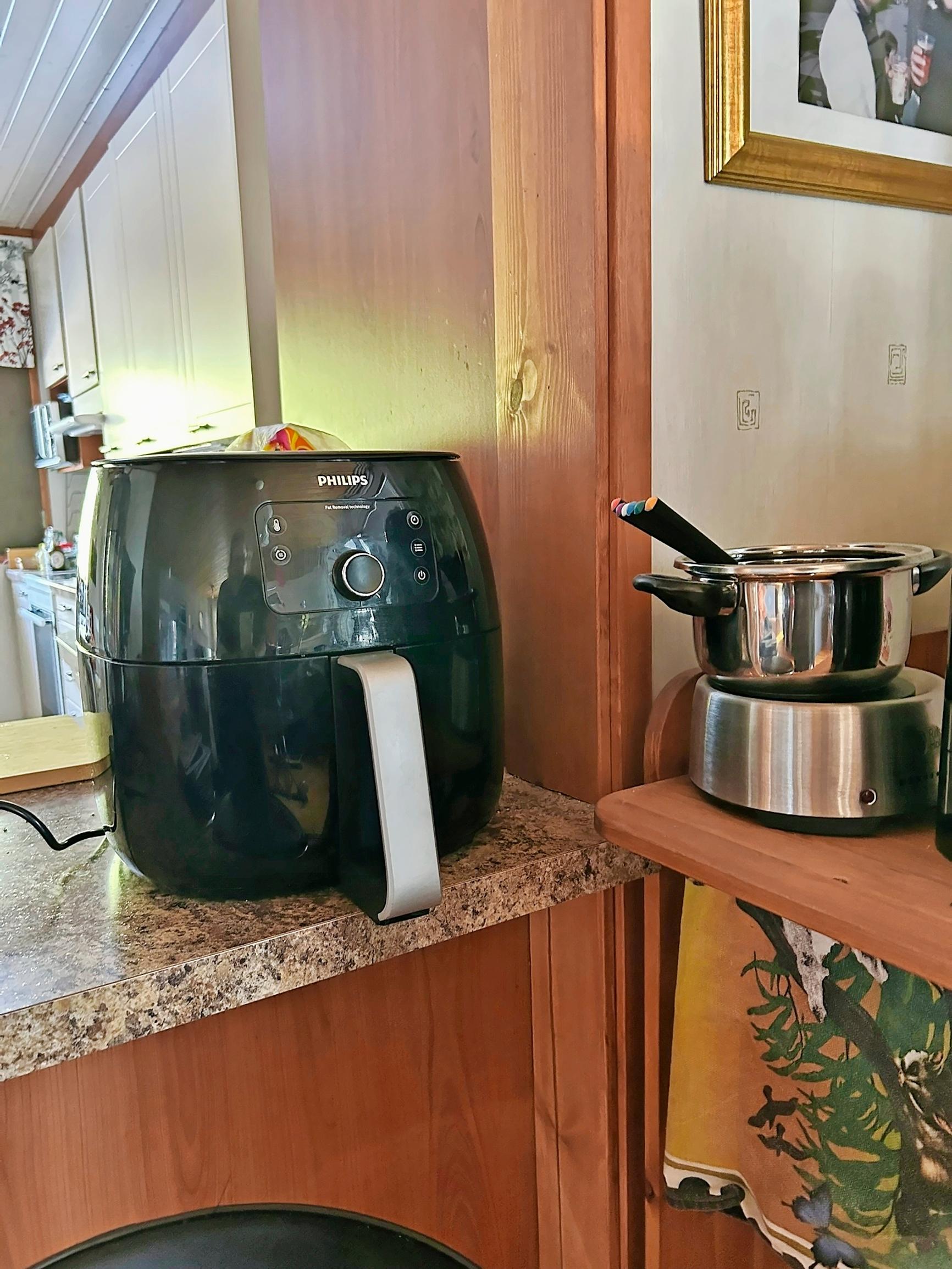
According to the 2024 Family barometer, about ten percent of adults in Finland are in a separate-home relationship—meaning they’re a couple but don’t live together. It’s most common among women aged 18–29, one-fifth of whom live this way.
Nobody really questions living together. The norm is so strong that it’s simply what couples are expected to do. It also involves splitting housing costs and the appealing idea of sharing household chores.
Still, most adults in Finland can manage without a partner—maybe not in a brand-new 200-square-meter home, but comfortably. Even today, in the 2020s, housework usually falls on women, not to mention the mental load. The more people in a household, the more chores there are. Research shows that nine out of ten couples argue about housework.
The Family Barometer indicates that middle-aged and older men in particular want to live with their partners. By contrast, women’s desire for separate living arrangements increases with age: the older they get, the more they hope to have their own place. Men often expect to benefit from women’s housekeeping, while women can grow weary of that role over time. Experience teaches you.
It took me a long time to admit that the nuclear family lifestyle isn’t the only valid choice.
I come from a generation where parental divorce was rare and single parenthood was frowned on. I grew up in an environment where a heterosexual relationship was assumed to be the ultimate goal of adulthood. You got a husband by not being too choosy. Once you were in a relationship, you weren’t supposed to demand anything, just let men do household tasks their own way. Men’s hobbies were curbed only by so-called nagging wives. Meanwhile, women were labeled difficult and demanding and were expected to adapt. Relationship experts in the media said so, and that was widely believed in my circles.
When your relationship expectations stem from gender stereotypes and norms, it’s no wonder they often fail. Very few of us actually fit those stereotypes.
Even so, breaking up is still viewed as failure. A new relationship tends to follow the same pattern as the old one did.
“Because of limited space, the air fryer mostly stays in my partner’s kitchen. Once in a while, I bring it to Helsinki.”
The idea of a nuclear family is actually far more recent than most people realize. It thrived in the United States during the 1950s and 1960s, rooted in the idea that middle-class women were essentially forced to stay at home. Their job was to preserve the marriage and manage the household. The Atlantic magazine noted that in 1957, more than half of the population considered unmarried people “sick,” “immoral,” or “neurotic.”
Today, only one-third of Americans live in a nuclear family. According to one expert from the article, the nuclear family’s heyday was just a brief, unusual blip rather than the norm throughout history.
In Finland, it’s been around for an even shorter time. Only with urbanization in the 1960s did the norm become a married couple and their children living on their own. A full housewife culture never took root here, because women needed to work to support their families. Finnish women in cities both worked outside the home and handled household chores.
It’s clear that this kind of division of labor isn’t sustainable. As the pressure to marry or cohabitate has eased, more people have realized they want something other than a massive project where every chore and schedule is carefully tracked to keep things fair.

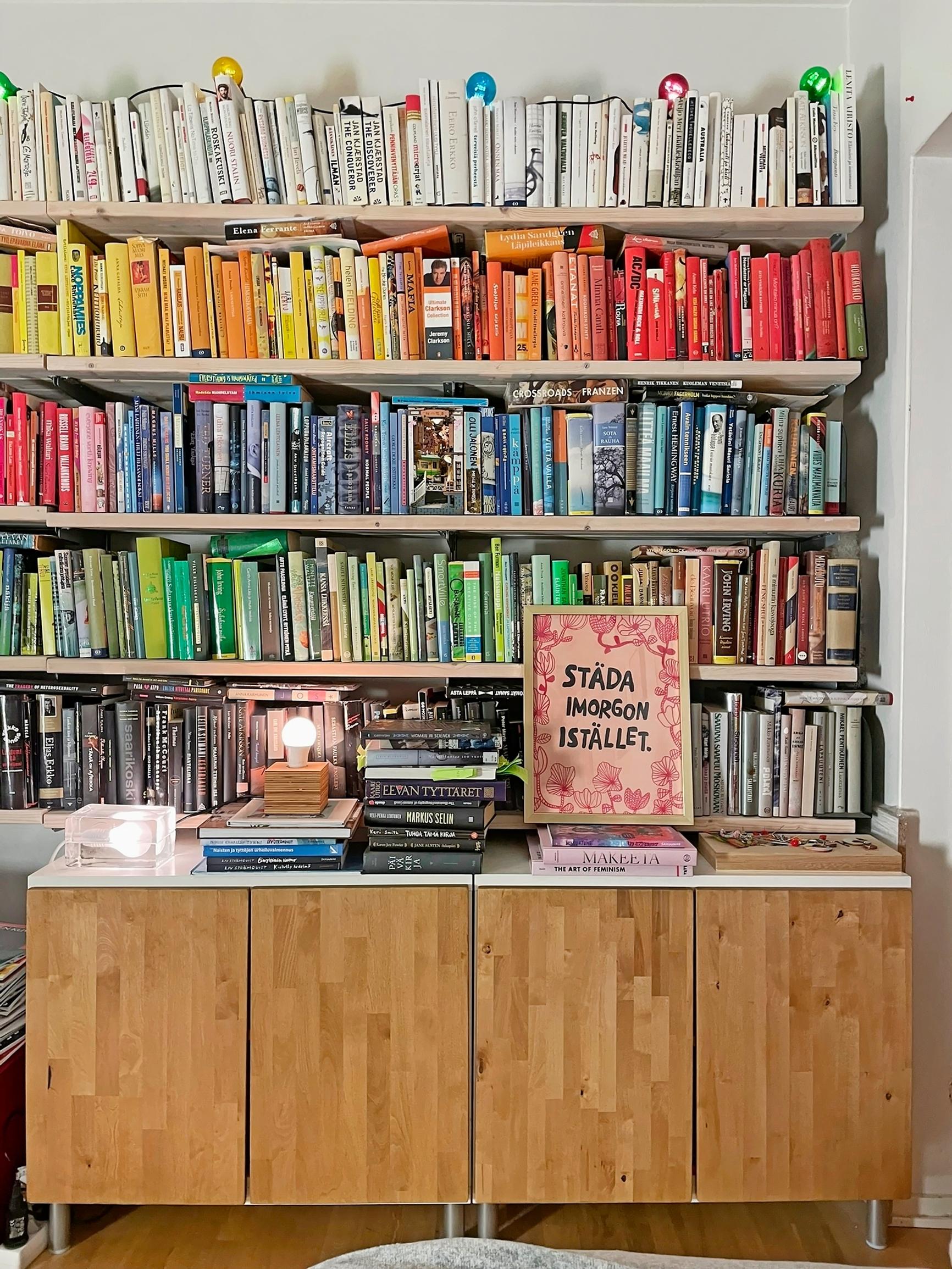

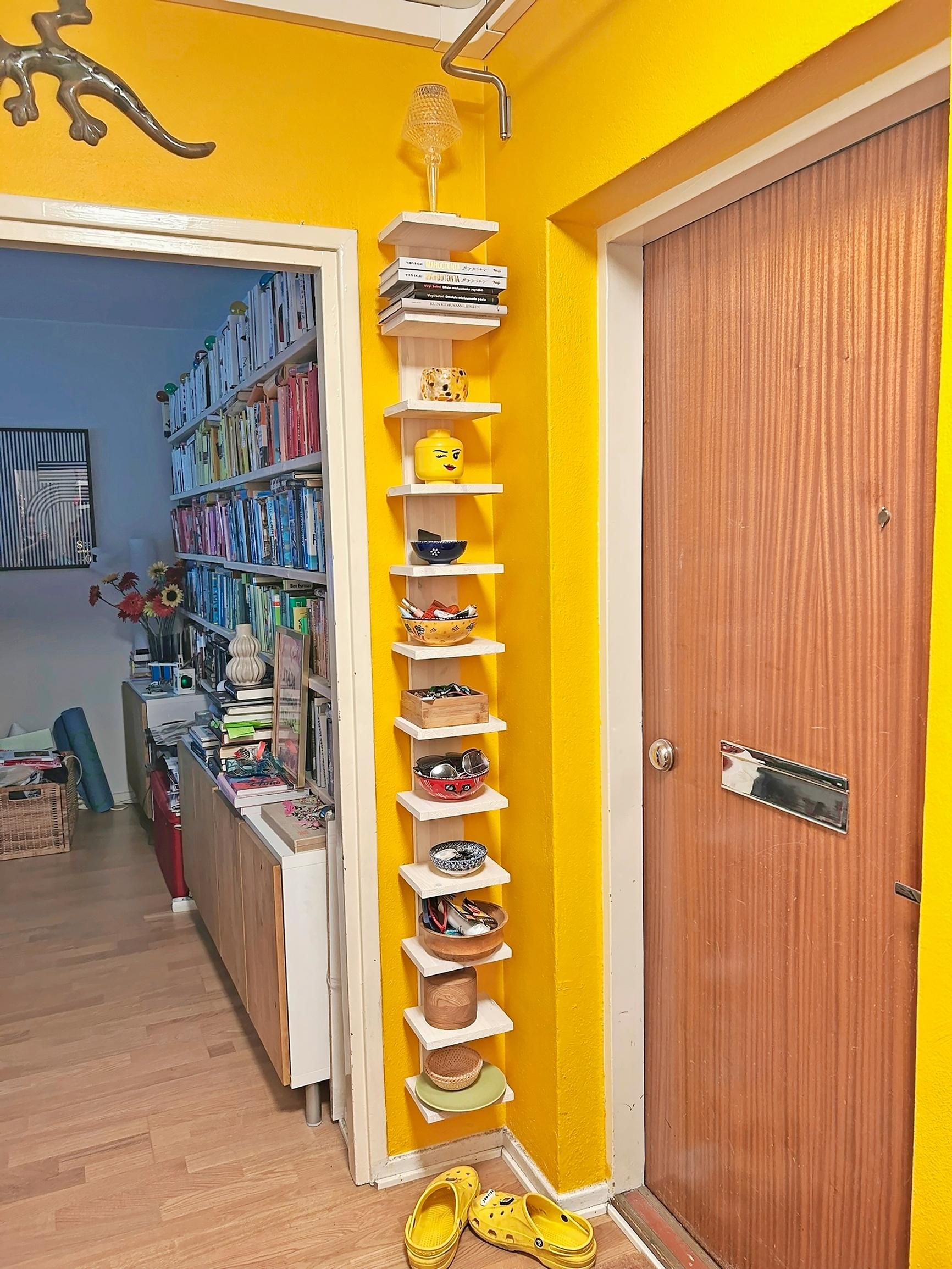
At first, I bought curtains and sheets and tried to shape my partner’s interior decor taste. I frowned at the large yard, which had a lot of potential but also a lot of work. Sometimes, after parties, band gear would just sit in the spacious living room. Occasionally, I felt people were judging me based on whether my partner’s home was tidy or not.
I also realized how silly that was—both the potential judgment and my own assumptions.
I deliberately decided to let those thoughts go. I don’t want to fall into the ‘woman’s role’ of fussing, getting annoyed, and fretting over everyday things that don’t go my way. I’m not much of a domestic diva anyway, so why would I stress about that in two places?
I’m sure I could start gardening projects at my partner’s house, but honestly, I’m not that into it. My partner wants to keep “bee-friendly meadows,” which basically means letting the yard stay a bit wild. They brew sahti beer out back and jam on instruments inside with their child. They have a good eye for decorating, even though our tastes differ somewhat. They also come up with ideas for my home and know how to make them a reality. They built my entryway shelf based on a photo and made good looking—and much cheaper—doors for my Muurame shelf units.
We both have each other’s keys and can stay at these ‘second homes’ even if the other person isn’t around. In that sense, everything is shared, though on paper our belongings remain separate.
We spend our vacations together. When the kids were younger, the four of us traveled a lot. People assumed we were a nuclear family, and we typically didn’t correct them. The kids get along really well. We’re not officially a stepfamily, but we are definitely a family in some sense.
“It’s absurd to talk about trust if you assume it means the other person has to sleep in the same bed every night.”
A relationship with separate homes is still a real relationship. It won’t keep you from arguing—every couple has conflicts.
Relationships with separate homes are often praised for staying fresh by avoiding too much routine, but there’s no guarantee. The only relationships that never get even a little mundane over time are the ones that end.
What most people find hardest is not seeing each other every day, rather than dealing with logistics. Personally, I think if a relationship can’t handle time apart, something’s off. It’s strange to talk about trust if you think it requires sleeping in the same bed every night.
I believe personal space and time in a relationship are a good thing, especially when it comes to life outside the relationship. I think an adult relationship should bring both partners more support, joy, and companionship than it takes away. Many manage this in a traditional setup, but more people are now aware of how much work and effort living together takes—and wonder if it’s worth it.
I know couples who don’t have the energy for anything but staying home together. That feels a bit sad to me.

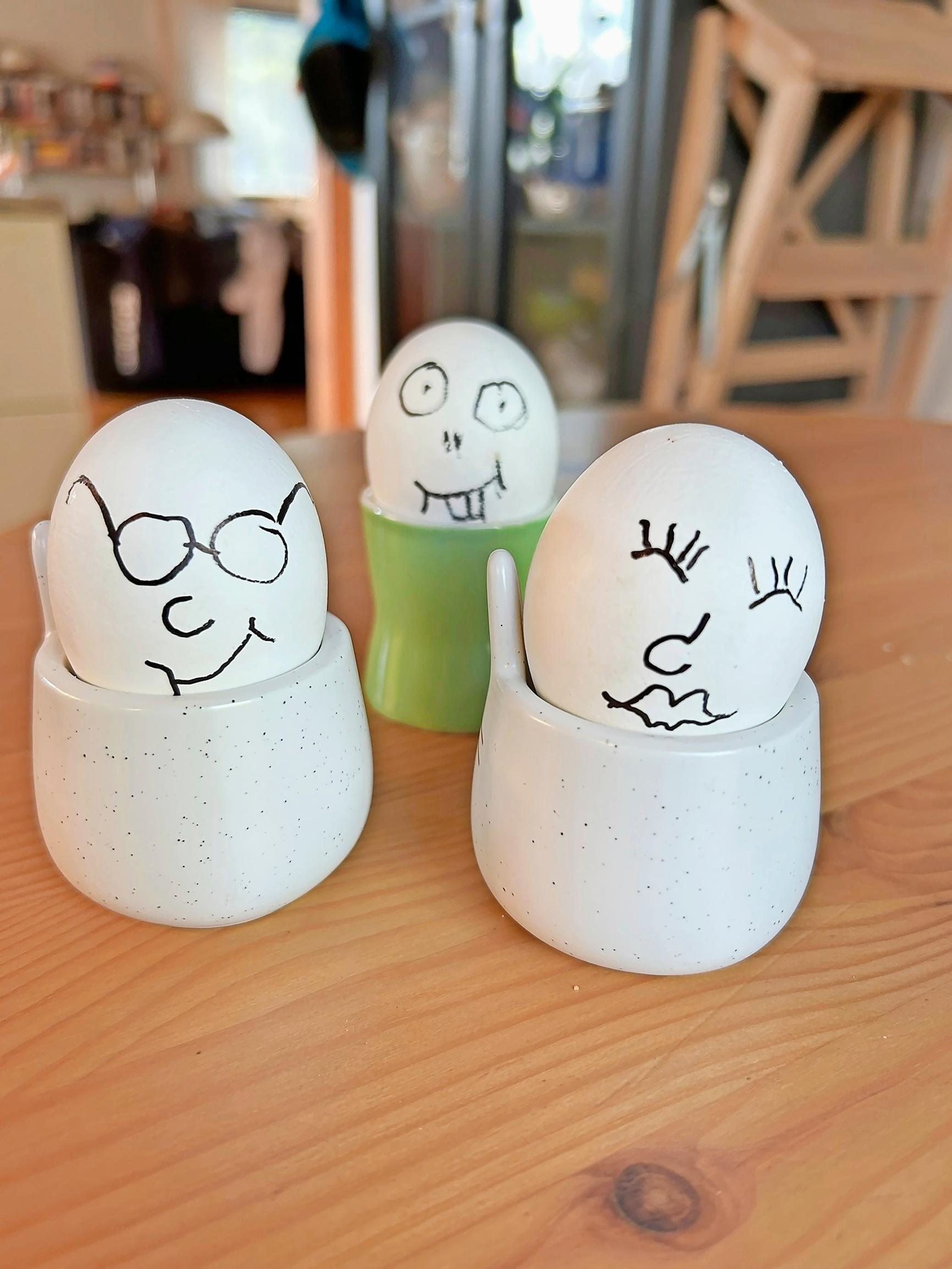
Sometimes children’s week-on, week-off living arrangement is criticized by those who say everyone should stick to one home. Shuttling between two places can be tiring, but not everyone minds.
I happen to enjoy the variety. In summer, it’s great being in Central Finland with its clean lakes for swimming. In both places, I have friends to meet for dinner or swimming. My partner and I do a lot together: museums, dining out, travel, and day trips. I never thought I’d become a fan of camping, but now I love it.
I’m not sure if it’s because we live separately and choose to invest in our time together, or because my partner is simply a great fit for me.
Even now, when they boil eggs for us in the morning, they draw funny faces on them—missing teeth, glasses, or long eyelashes—just like on our first morning together.
Virpi’s 3 tips for having a relationship on your own terms
- In relationships—and in life in general—you shouldn’t rely on clichés or assumptions. Figure out what works for you. People might be surprised at first if you go against the norm, but that usually passes over time.
- If you regularly travel between two cities, try to schedule your trip when the traffic isn’t bad. You’ll soon get used to the distance.
- Keep basic clothes, everyday essentials, chargers, and a swim bag in both homes so you don’t have to haul them back and forth every time.




